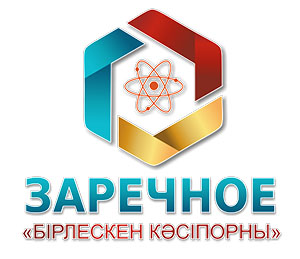The risk management system of JV Zarechnoye JV (hereinafter referred to as the Company) is a set of interrelated components combined into a single process in which each employee of the Company participates in identifying potential events that may affect the Company's operations and manages these events within the risk level acceptable for shareholders.
JV Zarechnoye JSC defines the following main risk management principles:
- Integrity - consideration of components of the Company's total risk in the context of the corporate risk management system;
- Openness – prohibition on considering the corporate risk management system as an autonomous or separate system;
- Structure - integrated risk management system has a clear structure;
- Awareness - risk management is accompanied by the availability of objective, reliable and up-to-date information;
- Continuity - the risk management process is carried out on an ongoing basis;
- Cyclicity - the process of risk management is a constantly repeating aligned cycle of its main components;
- Continuous improvement - improvement of work on risk management, including information systems, procedures and technologies, taking into account strategic tasks, changes in the external environment, innovations in the global risk management practice.
The risks at JV Zarechnoye JSC are identified through the two approaches:
- Initial identification and inventory of risks - the initial compilation of a risk register when implementing the risk management system and its regular review. During the initial identification of risks, a risk register is drawn up in order to carry out a subsequent assessment and identify approaches to managing these risks. The process of risk inventory involves a regular (at least once a year) review of previously identified risks, i.e. determination of the relevance and level of materiality of risks in the risk register. As a result of the inventory, some of the previously identified risks can be considered irrelevant.
- Detection of potential risk - identification of potential risks in the course of current activities. New risks can be identified not only in the course of execution of regular procedures under the risk management system, but also in the course of carrying out its current activities by the Company's employees (for example, using the method of monitoring publications and speeches).
